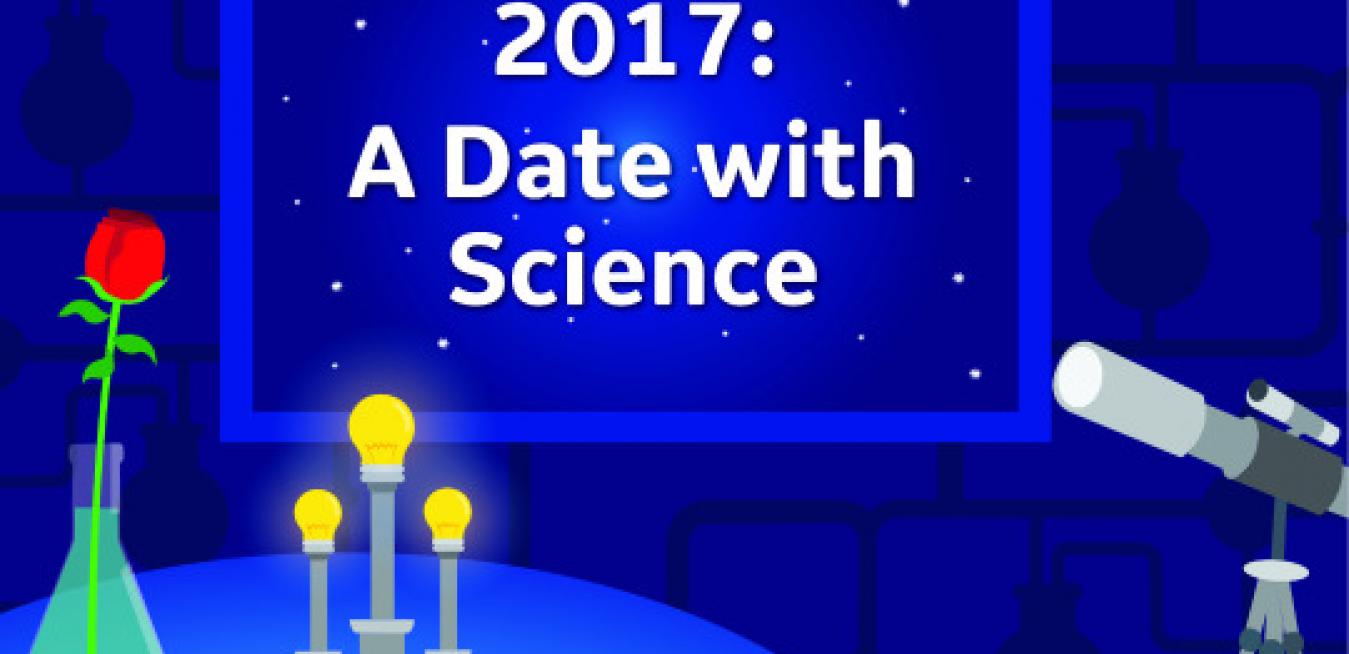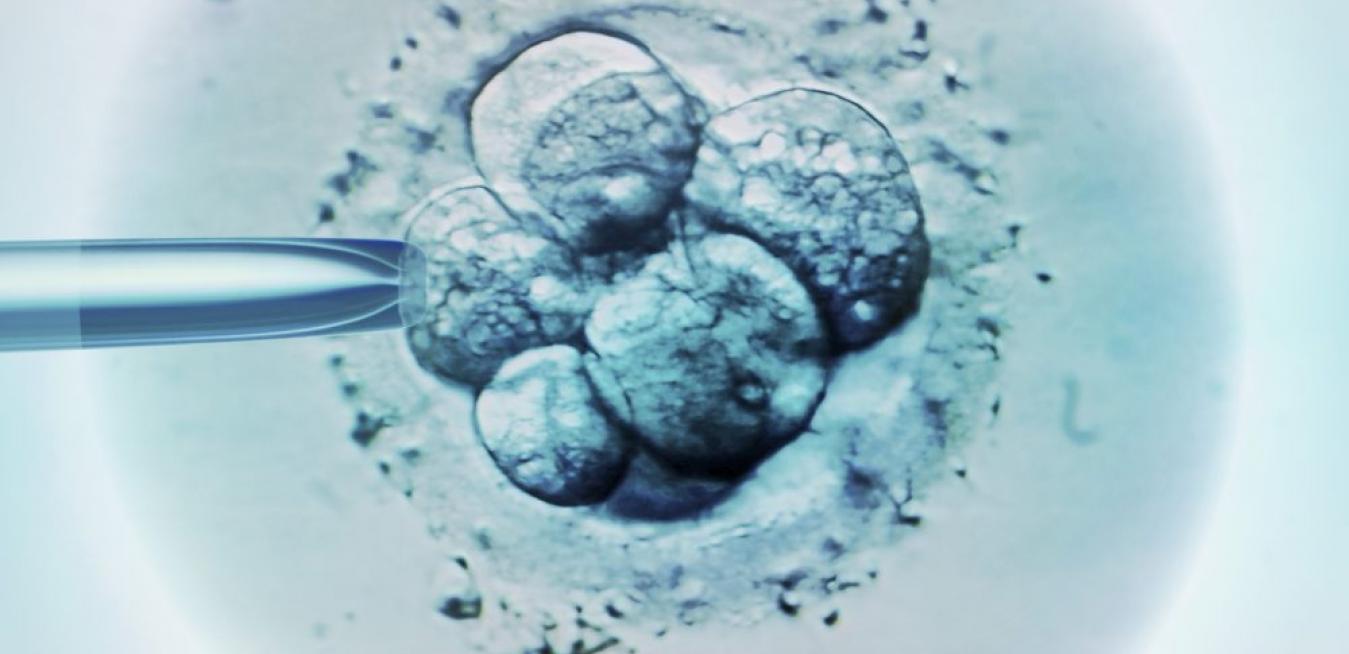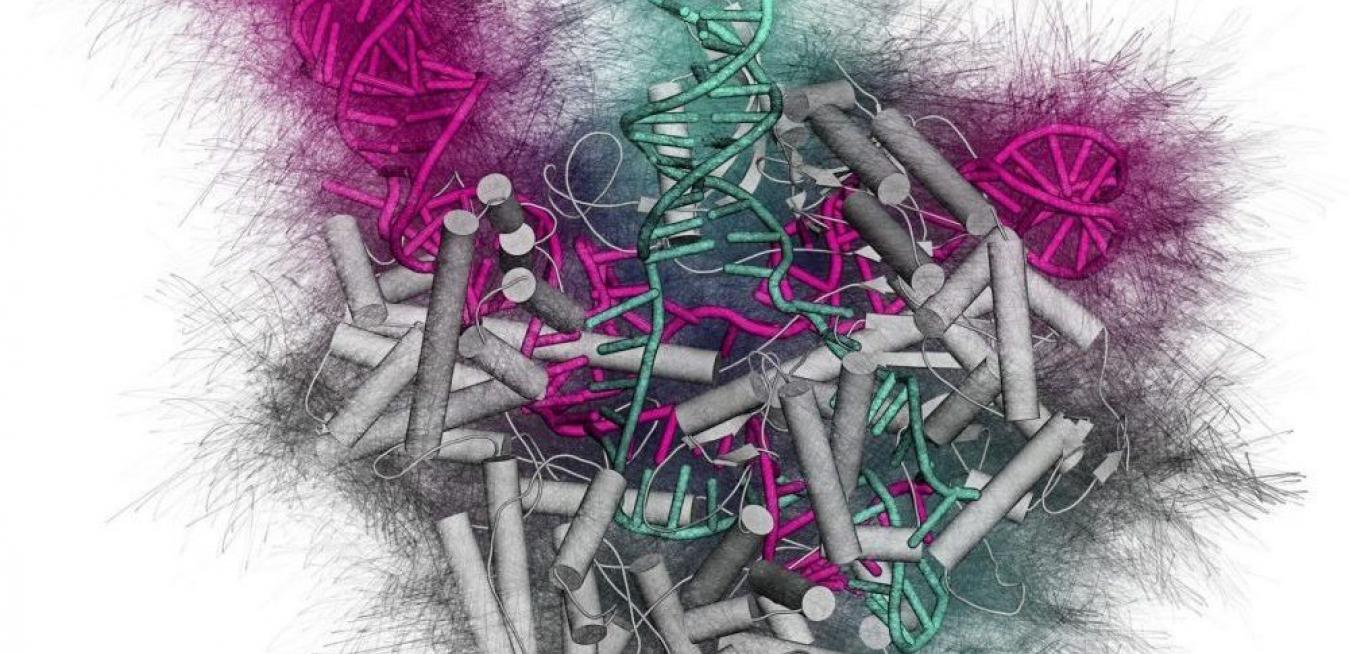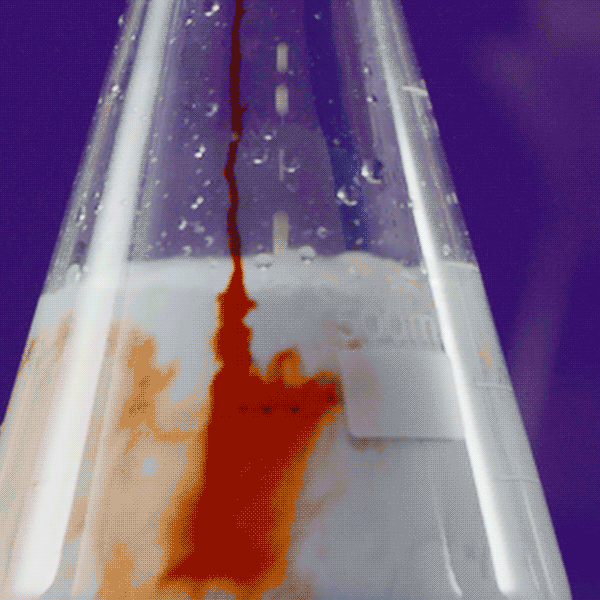Get your year in order, with a calendar that celebrates the best in science and innovation.
You can download the calendar here.
Digital Opportunity Opens Up the World
There’s still a way to go from editing single-cell embryos to a full-term "designer baby." But researchers at Oregon Health and Science University say they worked with single-cell embryos, inserting CRISPR chemicals at the time of fertilization.
The announcement by researchers in Portland, Oregon that they’ve successfully modified the genetic material of a human embryo took some people by surprise.
We've learned so much already.
1. Lungs don't just facilitate respiration - they also make blood. Mammalian lungs produce more than 10 million platelets (tiny blood cells) per hour, which equates to the majority of platelets circulating the body.
Manipulating our genetic code with CRISPR may be a controversial topic, but it offers scientists the chance to work with the public to shape the ethical future of this technology, writes Megan Hochstrasser of the Innovative Genomics Institute.

The Itsy Bitsy Spider’s Web Is A Sophisticated Information Network, Scientists Say













